The point at which the heart sinks in this exhibition is, unfortunately, right at the outset. That’s where we meet the five commentators that the British Museum has invited to respond to the objects and ideas in the exhibition. But only Mary Beard knows her subject. There’s Bonnie Greer, playwright and critic; Elizabeth Day, podcaster and novelist; Rabia Siddique, humanitarian (that’s a calling, it seems) and barrister; and Deborah Frances-White, podcaster and stand-up comedian.
Already a subscriber? Log in
Subscribe for just $2 a week
Try a month of The Spectator Australia absolutely free and without commitment. Not only that but – if you choose to continue – you’ll pay just $2 a week for your first year.
- Unlimited access to spectator.com.au and app
- The weekly edition on the Spectator Australia app
- Spectator podcasts and newsletters
- Full access to spectator.co.uk
Unlock this article
You might disagree with half of it, but you’ll enjoy reading all of it. Try your first month for free, then just $2 a week for the remainder of your first year.

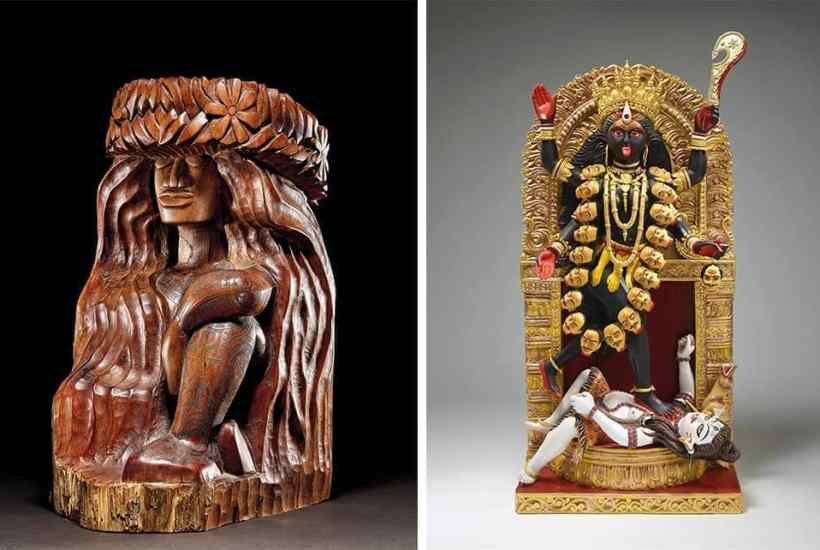

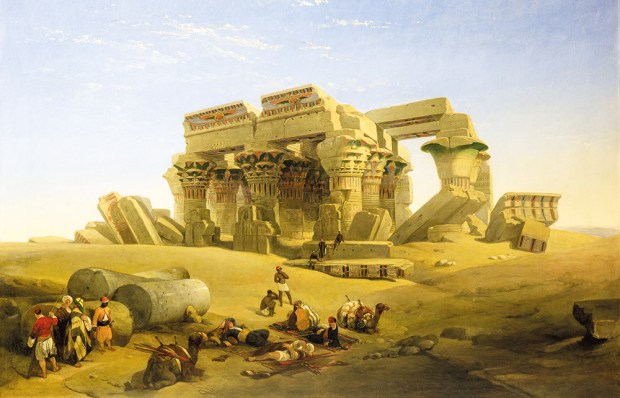
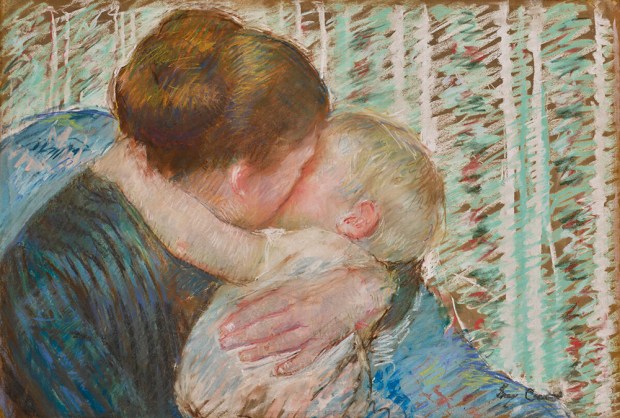
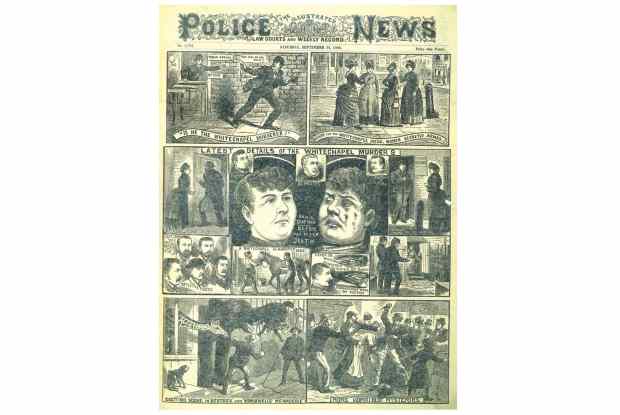
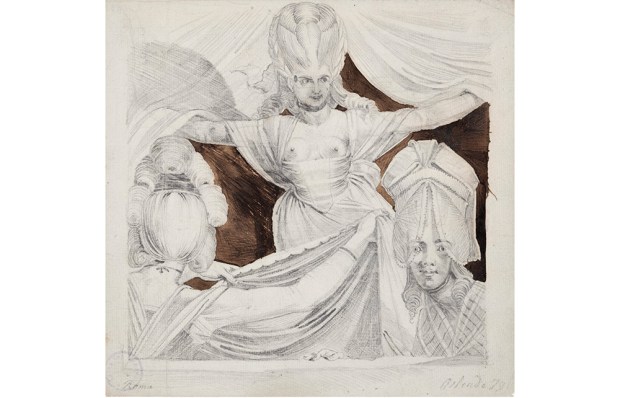
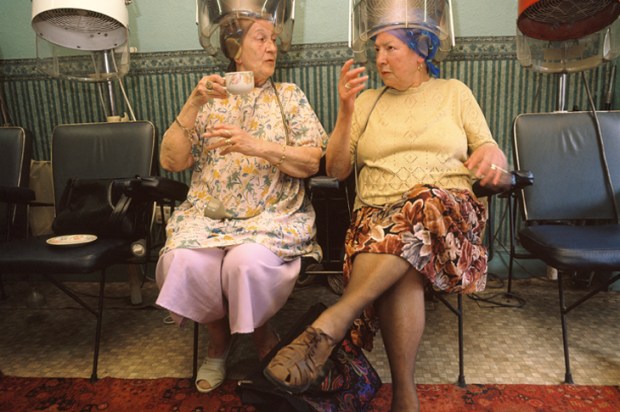






Comments
Don't miss out
Join the conversation with other Spectator Australia readers. Subscribe to leave a comment.
SUBSCRIBEAlready a subscriber? Log in